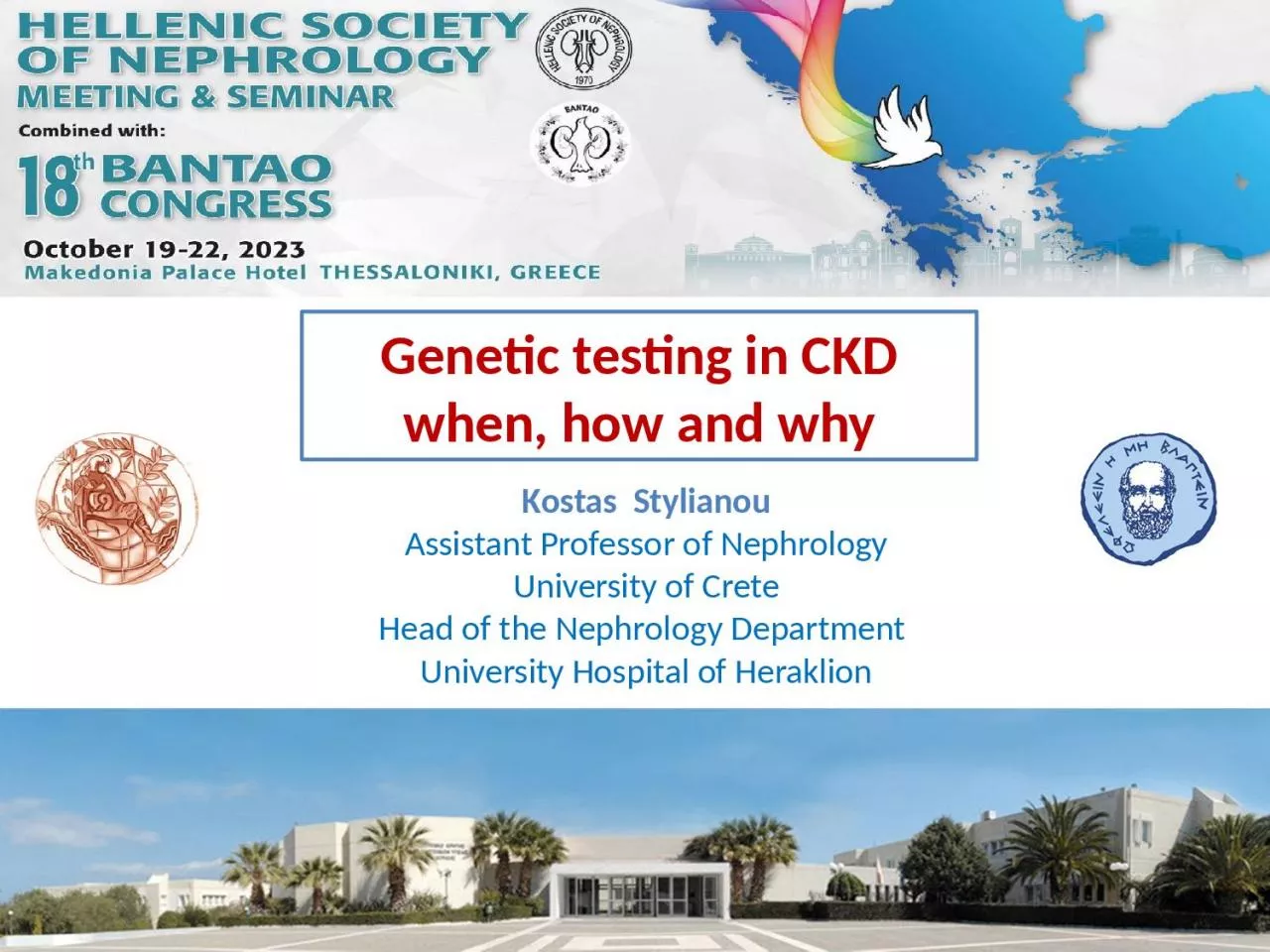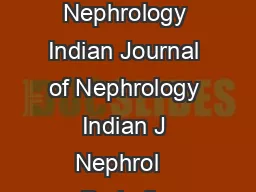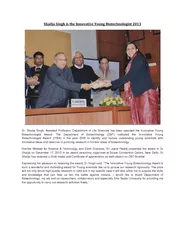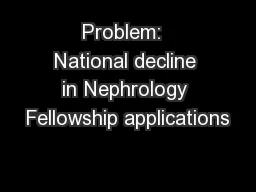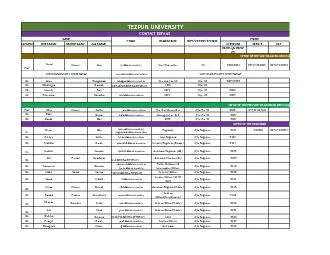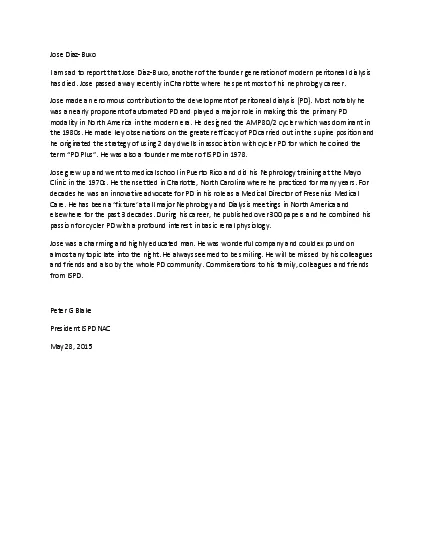PPT-Kostas Stylianou Assistant Professor of Nephrology
Author : roxanne | Published Date : 2024-03-13
University of Crete Head of the Nephrology Department University Hospital of Heraklion Genetic testing in CKD when how and why Kidney Genes The human genome contains
Presentation Embed Code
Download Presentation
Download Presentation The PPT/PDF document "Kostas Stylianou Assistant Professor of..." is the property of its rightful owner. Permission is granted to download and print the materials on this website for personal, non-commercial use only, and to display it on your personal computer provided you do not modify the materials and that you retain all copyright notices contained in the materials. By downloading content from our website, you accept the terms of this agreement.
Kostas Stylianou Assistant Professor of Nephrology: Transcript
Download Rules Of Document
"Kostas Stylianou Assistant Professor of Nephrology"The content belongs to its owner. You may download and print it for personal use, without modification, and keep all copyright notices. By downloading, you agree to these terms.
Related Documents

